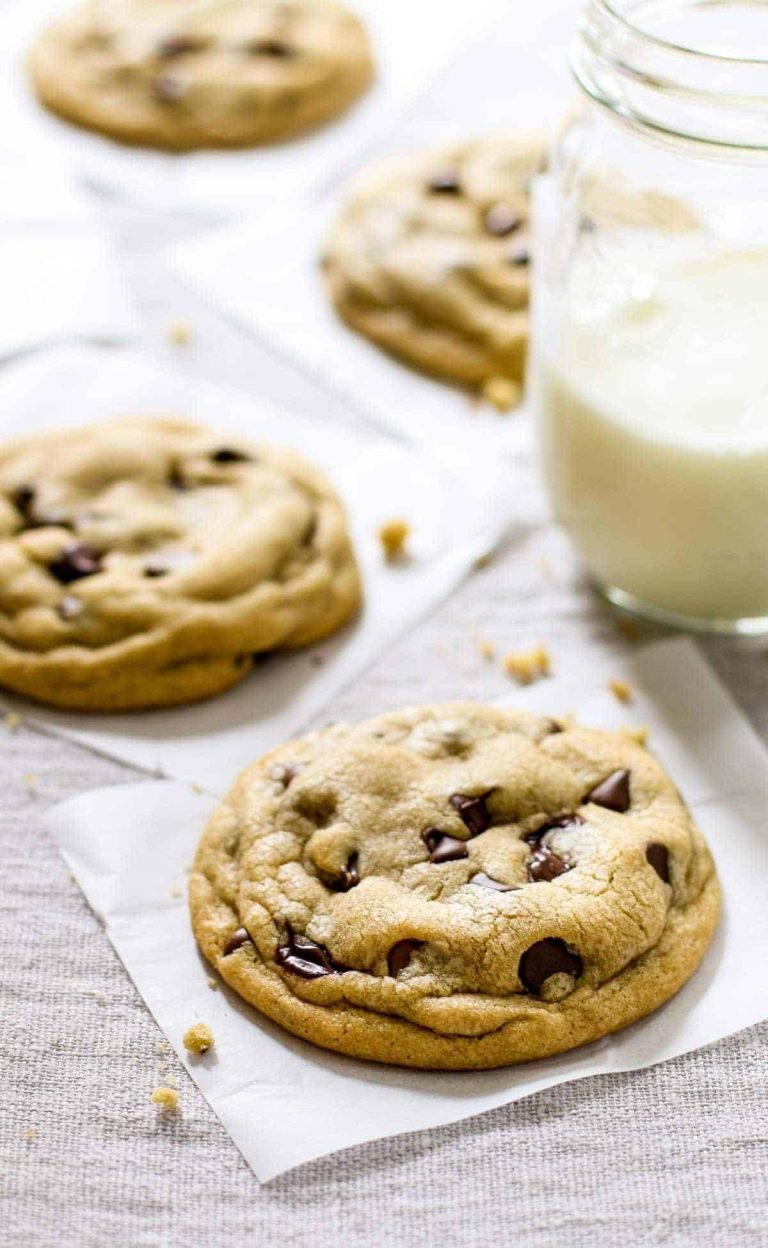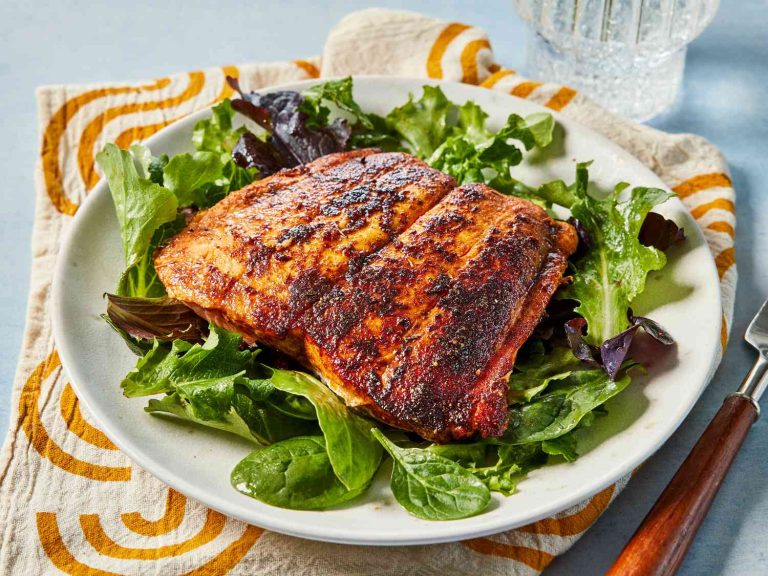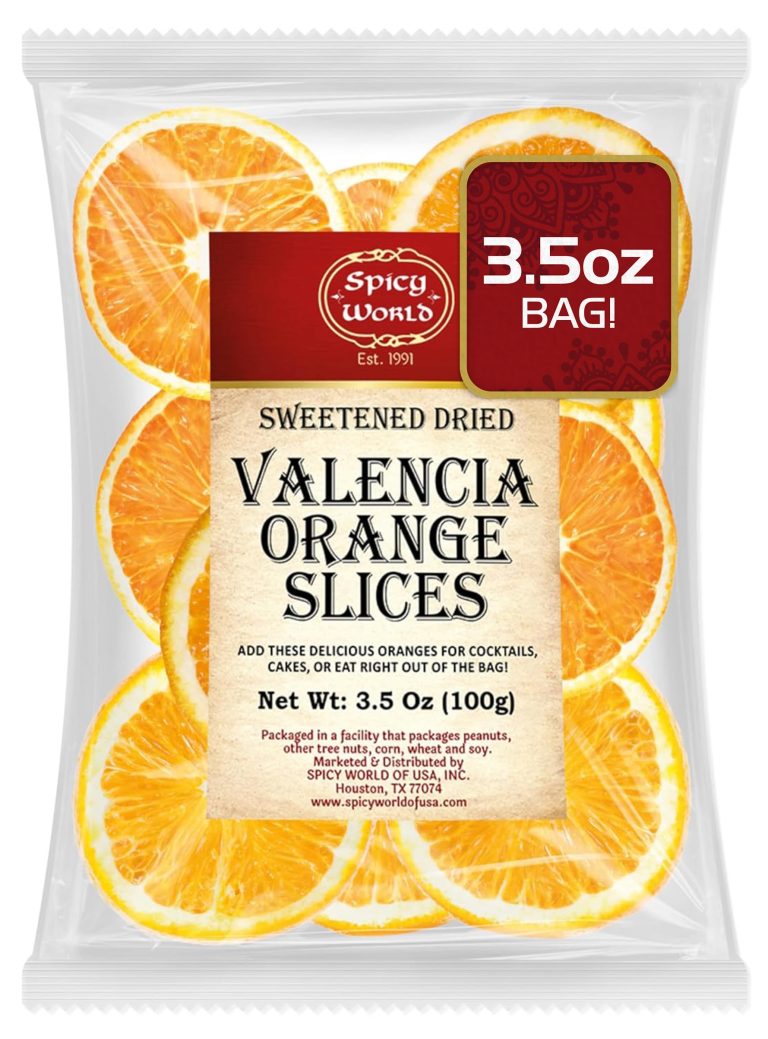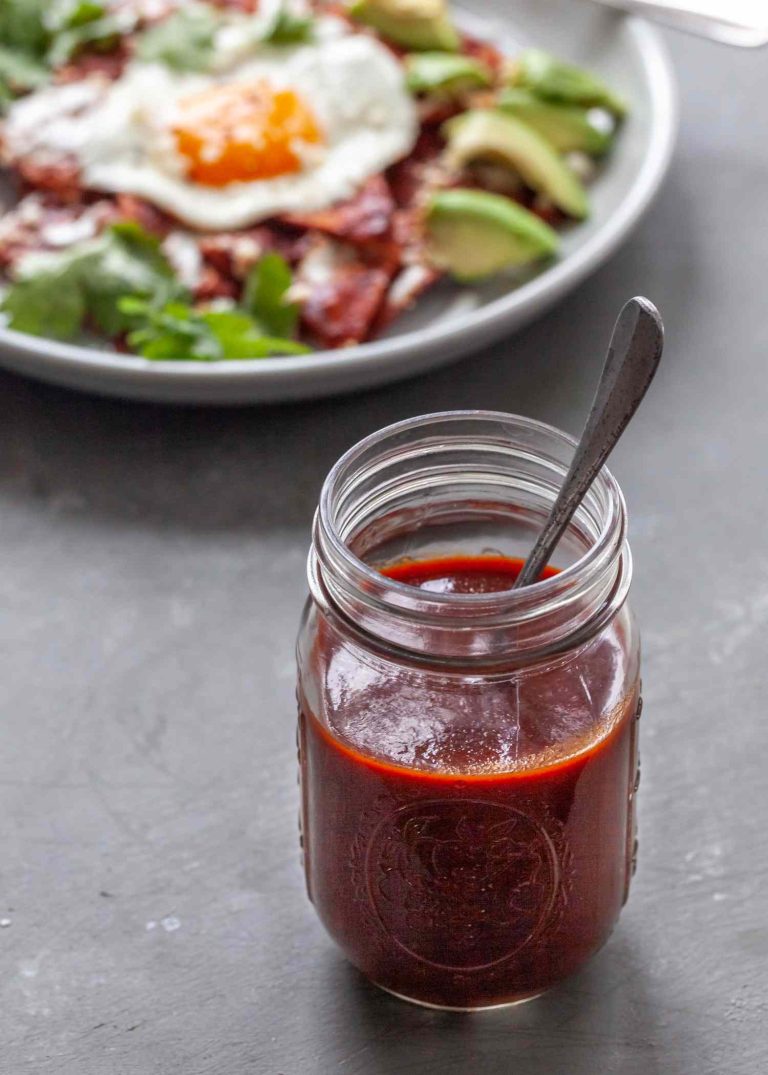Cherry Cobbler: History, Recipes, and Perfect Pairings for a Classic Dessert
Cherry cobbler roots trace back to early American settlers. They adapted traditional British pudding recipes to available New World ingredients. With limited access to conventional baking equipment, settlers employed open-fire cooking methods. Dutch ovens became instrumental, resulting in the distinctive cobbler form we recognize today. Over time, cherry cobbler evolved as cherries, abundant in colonial America, became a popular fruit choice. Recipes varied with available regional produce but maintained the basic concept of fruit and dough.
Regional Variations
Different regions in the United States have their unique takes on cherry cobbler. In the South, cobbler typically features a biscuit-like topping, adding a flaky texture. Midwestern versions might include a cake-like batter poured over cherries, creating a gooey consistency. Western adaptations may incorporate diverse cherry varieties like Rainier or Bing, influencing flavor profiles. New England cobblers sometimes utilize a dumpling-style dough, reflecting colonial influences. These regional variants highlight the flexibility and wide appeal of cherry cobbler across the country.
Key Ingredients in Cherry Cobbler
Choosing the Right Cherries
Selecting fresh, high-quality cherries is crucial for a delicious cherry cobbler. Use sweet cherries like Bing or Rainier for a sweeter flavor profile, while sour cherries such as Montmorency or Morello enhance tartness. Fresh cherries provide the best texture, but frozen or canned options work if fresh ones aren’t available. Ensure cherries are pitted and halved to distribute evenly and cook thoroughly.
The Importance of a Good Crust
A well-made crust significantly impacts the overall texture and flavor of your cobbler. The crust can vary, with biscuit-like, cake-like, or dumpling-style options, depending on regional preferences. Use high-quality ingredients like all-purpose flour, unsalted butter, and a touch of sugar for sweetness and texture. For a biscuit-like crust, incorporate baking powder for a fluffy finish. If opting for a cake-like batter, consider adding eggs and milk for moisture and rise. A dumpling-style dough benefits from minimal mixing to avoid toughness.
Cooking Techniques
Traditional Baking Methods
Traditional cherry cobbler recipes rely on time-tested baking methods. You’ll often use a cast iron skillet or a heavy-duty baking dish. First, preheat your oven to 375°F. Then, for the filling, mix fresh or frozen cherries with sugar, cornstarch, and a splash of lemon juice to enhance the cherries’ natural flavors. Spread this filling evenly in your baking dish.
For the topping, you’ll prepare a dough using flour, sugar, butter, baking powder, and milk. Cut the butter into the dry ingredients until the mixture resembles coarse crumbs. Spread this dough over the cherry filling, leaving some gaps for the filling to bubble through during baking. Bake for 30-35 minutes until the topping is golden brown and the filling is bubbly.
Modern Twists on Classic Recipes
Modern cherry cobbler recipes often incorporate innovative techniques and ingredients. You can use a slow cooker to achieve a similar result with less hands-on time. Place your cherry filling in the cooker, then spoon the batter or biscuit dough on top. Cook on low for 3-4 hours or until the topping is set and the cherries are tender.
Another modern twist involves using puff pastry or phyllo dough instead of traditional dough. Layer these alternatives over the cherry filling before baking. This creates a light, flaky texture. Additionally, some recipes call for adding unique flavors like almond extract or zesting an orange into the filling to elevate the dish.
Serving and Pairing Suggestions
Ideal Accompaniments
Serve cherry cobbler warm to bring out its rich flavors. Vanilla ice cream adds a creamy contrast to the tart cherries. Consider a dollop of whipped cream for a lighter option. Greek yogurt or crème fraîche provides a tangy complement. For a nutty crunch, sprinkle toasted almonds or pecans on top. Mint leaves add a refreshing finish.
Wine Pairings with Cherry Cobbler
Pair cherry cobbler with wine to enhance the dining experience. Sweet dessert wines like late harvest Riesling or Moscato accentuate the cobbler’s fruity notes. For a more balanced taste, try a slightly less sweet wine like Gewürztraminer. Port wine offers a rich, fortified option that complements the dessert’s depth. Avoid overly dry or tannic wines to maintain harmony with the cobbler’s sweetness.
Conclusion
Cherry cobbler offers a delightful blend of history and flavor, making it a beloved dessert across generations. Whether you stick to traditional methods or experiment with modern twists, this dish is sure to impress. Pair it with the right accompaniments and wines to elevate your dining experience. So, gather your ingredients and get ready to bake a cherry cobbler that will leave everyone asking for seconds.






